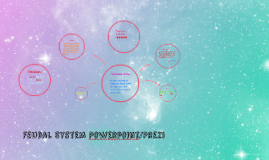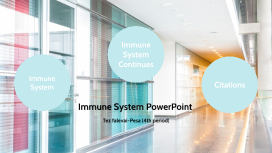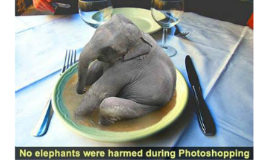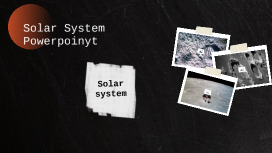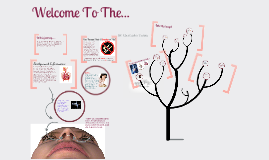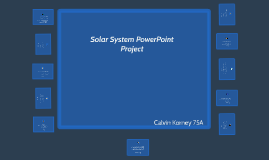Respiratory System Powerpoint
Transcript: Welcome To The... Respiratory System By: Christopher Tarmin In this journey, you will have the privilege of riding the 2048X Oblivion Ship for safety as we travel down the system. You will also be miniaturized in order to fit into the ship. Our Human Host: A Smoker or Not? Although we did research into our host and made sure that he's NOT a smoker, we would never know whether or not he would practice such an absurd behavior during our journey, therefore I must inform you about the danger of smoking and what to expect if he decides to harm his system by smoking. Smoking, the action of inhaling tobacco off cigarette as it burns, can put a person into MANY health risks due to the chemical compounds and toxins that the cigarette contains. Some of the diseases that may be caused by smoking are lung cancer (uncontrolled division of cells occuring commonly in the lining air passages), and Chronic Obstructive Pulmonary Disease (known as COPD, irritation in the lung which causes difficulty in breathing). Therefore, you should NEVER smoke! Breathing can be achieved through the nose and the mouth, therefore our entrance point can be either one of them. Since we are close to the nostrils, we will enter the system via the nose. Now that we are inside the host's nose, we can see that this place is filled with thin layer of tissues called the mucous membrane. These tissues main function is to warm and moisten the air. It also filters particles and objects that may irritate the lung. As we travel further back, we can see small microscopic hairs called cilia. The cilia moves in wave-like motion in order to refresh the mucus coating of the nose. Now, we will be heading down the passage and entering to the back of the host's throat where the trachea, epiglottis, and the fesophagus are located at! Before entering the trachea... You can see here a tiny flap that can close or open up. This is called the epiglottis, and its main function is to prevent food from entering the wrong pipe by closing and covering the entrance of the windpipe. The pharynx is also located here in order to connect the epiglottis to the mouth and moves air into the lung. As we travel down a bit further, we can see that the larynx is superior to the trachea. The larynx's main function in respiration is to control airflow for breathing. This is also an epiglottis's route to either the esophagus or the trachea. Lastly, the voicebox is housed in the larynx, therefore voice production is also made here. The Windpipe! A bit further down here is the trachea! This organ serves as a windpipe for air to pass through in order to reach the right and left lungs. It also serves a purpose of connecting the larynx to the bronchi. Into the lungs! The Two Lungs As we travel further down the trachea, you can see that the trachea is now divided into two, separating into the left and right primary bronchi. This also leads to the left and right lungs, respectively. The right lung is slightly wider, taller, and shorter than the left, causing it to be more vulnerable to foreign invasion. At this point the air that we've been traveling in are warmed and moist, that's why we are feeling a bit warmer than usual. Now, we will be traveling down a bronchi and explore the deeper details about how the system work. As you can see, each bronchi enters its lung and divides itself into smaller branches called bronchioles. These branches' main function is to transfer air into the alveoli, which is our next destination. We have finally arrived at the alveoli. The alveolis are tiny little sacs that allows the oxygen we've been traveling in to be transfered into the bloodstream. It also allows carbon dioxide to be retrieved here and brought out of the system. This means that we will be hopping into the carbon dioxide now in order to exit the host's system! We Are Coming to an End... Now, the 2048x Oblivion Ship will be traveling along with the carbon dioxide to exit the host's system. You can expect us to travel to the lungs through the capillaries, and out the windpipe. This is how the body transfer carbon dioxide out the system. Since this will be a long ride, I will be informing you a bit more about how this process (respiration rate) is controlled and how the diaphragm and rib plays their role in respiration. So How is Breathing Rate Controlled? If you're wondering how the process is regulated, then I'm gladly to inform you that everything is controlled by the respiratory control center which is located in your brain stem. This center helps monitor the amount of oxygen and carbon dioxide that goes in and out of our system, and it also regulates the breathing rates in order to maintain balance in our body. Roles of Diaphragm & Rib in Respiration The diaphragm plays a big role in respiration. This muscle contracts and creates a vacuum in the thoracic cavity in orther to allow air to be drawn into the body through the trachea when the person breathes in. On the other hand, the diaphragm






